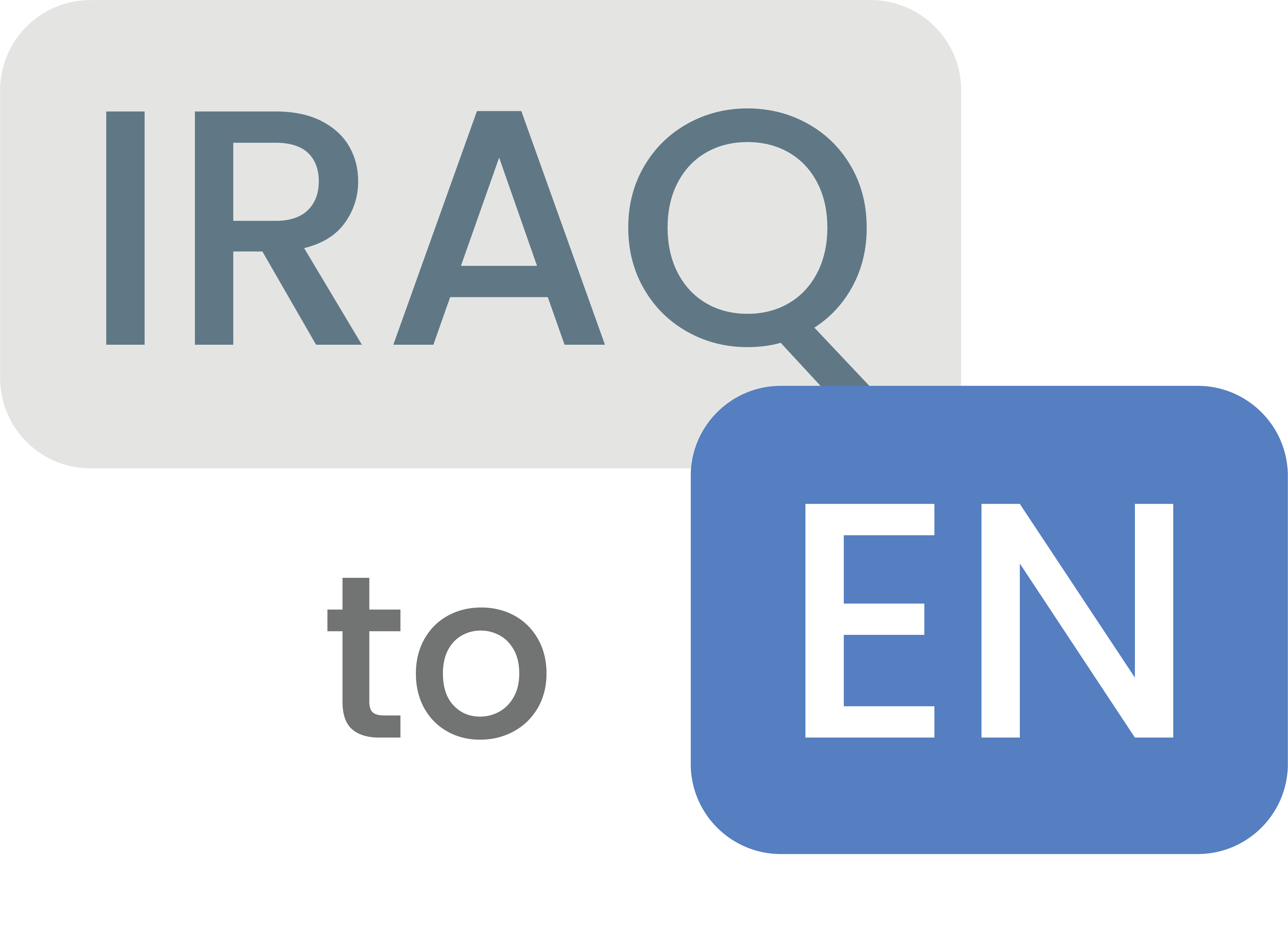
Weak wireless technology cannot be the foundation of Iraq’s digital future..
By Zahraa Tariq Sa’doon
The launch of 4G in Iraq last year signaled a new era for the country. Since then, the rapid expansion of digital services has become an indispensable foundation for the country’s development. The speed and efficiency of the 4th generation mobile technology enable Iraqi organizations to leverage digital transformation to launch new services and compete internationally.
As the country’s carriers continue to build advanced networks, they should be aware of potential pitfalls that could derail their efforts. One of the more immediate ones is an attempt to splinter the global collaboration and partnerships that have underpinned the remarkable progress we have made in the ICT sector. More specifically, a subset of the worldwide ICT industry has set up a separate organization that has created a new “standard” for telecom equipment.

Under the guidance of the Open RAN (ORAN) Alliance, the group advocates for a radio access network architecture that “promotes interoperability among equipment from multiple vendors on open hardware and software interfaces.” They claim to open up the RAN market to competition, spur innovation, and subsequently deliver better value for operators.
ORAN started with the aspiration of cost saving and improving market competitiveness through virtualization and open-source technologies. However, in recent years, the initiative has been ‘hijacked’ by an American-led intervention to disrupt the commercial telecommunication market with a particular agenda. Notably, the US Innovation and Competition Act of 2021 provided emergency funding of US$1.5 billion for developing a global ORAN ecosystem.
Below the surface, ORAN is an attempt by the US to re-establish its leading position in the wireless technology space. The US lost its competitive advantage in the base station R&D and manufacturing field long ago due to the lack of low-cost manufacturing capability. So, America wants to leverage its edge in chips and software accumulated in the IT field to re-establish a dominant position in the mobile communications industry and internet space.
To reiterate, ORAN is not a recent technology. Variations of ORAN-related projects and initiatives have been tried for over a decade, with no commercial success yet. Moreover, a decade on, open RAN platforms still encounter the same problems, such as high-power consumption, low integration, inferior performance and high operation costs.
In the US, ORAN’s development encountered difficulties from the get-go, even with the regulator and government’s backing. Major US carriers that were supposed to spearhead the global ORAN movement quickly realized the challenges of the venture and pulled back almost immediately. In addition, many operators have voiced concerns about the lack of technology neutrality and ORAN’s maturity:
- Verizon directly opposed the US government’s push towards ORAN and strongly urged technology neutrality.
- AT&T was a lead operator in the O-RAN alliance but has not deployed any ORAN equipment for commercial use.
- Dish Network Chairman acknowledged that he underestimated the complexity of ORAN system integration.
- T-Mobile US president of technology, Neville Ray, raised doubts about the maturity of ORAN systems and their ability to deliver promised cost savings, arguing that “key questions around system integration and R&D have yet to be answered.”
Some smaller regional carriers did attempt to integrate ORAN architectures in their systems under the mistaken belief that the promised cost savings would allow them to compete against national giants. Cellcom has since taken down its ORAN network in Wisconsin due to difficulty accessing equipment. The operator obtained the software but failed to access compatible radios due to vendors’ minimum volume purchasing requirements. Like many smaller carriers, Cellcom said it does not have the purchasing power of bigger operators.
On the equipment providers’ side, IT giants such as Cisco and Oracle, tasked with manufacturing 5G network equipment, came to the same unfavorable conclusion.
Indeed, the ORAN initiative has encouraged many new kinds of 5G manufacturing, including some IT giants. However, many have realized that developing communications solutions cost a lot of money and time. One firm that went all in on ORAN was Parallel Wireless, an American vendor that aims to build “the world’s first and largest OpenRAN ecosystem by delivering substantial cost savings to their end users and industries.” In late June, Parallel Wireless laid off more than half of its employees, just months after it said it would double the number of employees by the end of 2022. The firm concluded that delivering the ORAN success story would be difficult.
The US government favors traditional IT giants such as Cisco, Oracle, and other American firms to manufacture network equipment built primarily on American chips and technology. Such a move would significantly limit the competition opportunity ORAN promised by removing from the equation numerous other global companies whose technologies have been instrumental in transforming the telco industry into the most innovative in the world.
Additionally, thrusting IT providers into a communications sector they barely understand is a recipe for disaster. The original premise was that part of the RAN components, such as baseband processing, could be done efficiently on general-purpose processors from Intel. The idea was swiftly abandoned due to performance and cost issues. Tommi Uitto, president of Mobile Networks at Nokia, said, “The first thing the industry learned was that it results in a costly product because these are not especially good in baseband.”
Of all ORAN’s limitations, perhaps the most glaring ones are the design’s inherent security flaws. Strand Consult, an independent consultancy focused on the telecom industry, recently released a new report, “OpenRAN and Security: A Literature Review,” aiming to plug the wide information gap within the ORAN topic. The research firm noted that while the US, UK, India and Japanese governments have promoted OpenRAN, they are yet to publish any official, authoritative security studies on the technology, a significant oversight in such a critical sector.
The study concluded that there are no “net new” security benefits with Open RAN. “It has no unique security standards or capabilities that are not already present with existing 5G RAN technologies. Open-source software, whether in Open RAN or classic RAN, does not necessarily make a network more secure,” the report added. The report noted that ORAN expands the threat surface due to an increased number of suppliers, components and interfaces that form ORAN deployments. Moreover, a recent cybersecurity analysis by the European Commission (EC) and the EU Agency for Cybersecurity came to the same conclusion, noting that cybersecurity remains a significant challenge for ORAN architectures. Margrethe Vestager, Commissioner for Competition at the European Commission, concluded that ORAN raises critical security challenges, especially in the short term.
“It will be important for all participants to dedicate sufficient time and attention to mitigate such challenges so that the promises of ORAN can be realized,” she added.
Recently, Karsten Nohl, a renowned cryptography expert and hacker at Security Research Labs (SRL, known as “red teaming,” to help ICT companies discover network vulnerabilities), also analyzed the security risks of ORAN in a recent presentation. He observed that open RAN made 5G hacking “a lot more interesting.” His team simulated an attack on an ORAN network and revealed likely scenarios to obtain complete user information.
Needless to say, network security is imperative and cannot be left to chance. The best way to solve the security challenge is to work within globally recognized standards and frameworks. As such, Germany’s Federal Office for Information Security (BSI) recently announced a new certification program for components of 5G telecommunications networks based on GSMA’s NESAS Cybersecurity Certification Scheme. BSI encourages manufacturers of 5G mobile communications components to have IT security properties of their 5G products independently checked and thus comply with the certification obligation for critical components in 5G networks. BSI President, Arne Schönbohm, noted that the new certification represents “a decisive contribution to the security of 5G communication networks, as the same enables a fast and reliable IT security statement for the tested products, which directly benefits users and increases cybersecurity in Germany.” Despite all these shortcomings, promoters still insist that ORAN has a future. The reality is the flimsy ORAN technology offers little benefit to Iraqi operators and could disrupt the country’s digital future. Therefore, the best strategy for our carriers is to pursue technology neutrality. Their vendor choice should be based on performance, efficiency, costs, and ultimately, whether they will benefit Iraqi society or not.
For more visit our website https://iraq2english.com/


